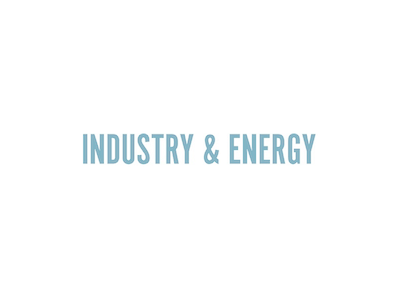Wind turbine blades can start showing signs of degradation after about eight years. The only problem is that you cannot see this at first glance. X-rays can reveal micro cracks, but inspectors would then have to use ropes to inspect a turbine blade, which is cumbersome and dangerous due to the radiation risk. SpectX is working on a solution where two drones work together to make remote and automatic X-ray inspections possible. At the Dragons’ Den of Transition Akhilesh Goveas will ask the dragons for helping him with both funding as wel as a launching customer.
Akhilesh Goveas paints a picture of the near future where two drones work closely together to take X-ray pictures of wind turbine blades. An X-ray inspection requires both a radiation source and a receiver that receives the radiation and transmits it into an image. Normally, this is done with large equipment on either side of the object to be inspected. In such cases, the surrounding area must be cleared to ensure that no people can come into contact with the radiation. That is difficult enough in an ordinary factory, but it is actually impossible to do offshore.’
Artificial intelligence
We thought it should be possible to have these inspections carried out by drones. There are also X-ray inspection cameras that are reasonably compact. The only challenge was that you would need a second drone to collect the radiation that passes through the turbine blade. The hardware, as I said, is not so much the problem, but it is a challenge to get two drones working in sync under the harsh weather conditions offshore. Most of our work is therefore the development of software and artificial intelligence to enable two drones to work together autonomously.
The technology could also offer a solution for other difficult to inspect assets, such as insulated pipelines. Goveas: ‘The only challenge here is that they do not come too close to people. Offshore, that is not a problem because the drones work autonomously. But the inspections could also be carried out on land because the radiation source is very focused and fairly low-level radioactive, so a reasonably small safety area is required.
Request for help
If Goveas can expand his budget, he could come up with a first concept of the SpectX technology within 18 months. But he is also looking for a launching customer who will make his wind turbines available for testing.
EIES2021
Dragons’ Den of Transition is the closing event of European Industry and Energy Summit 2021 (EIES2021). More information on the event on 7 and 8 December in Rotterdam Ahoy.


